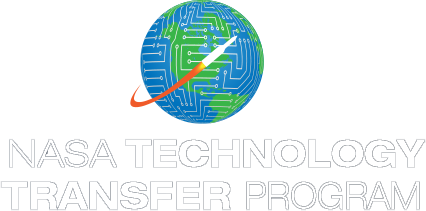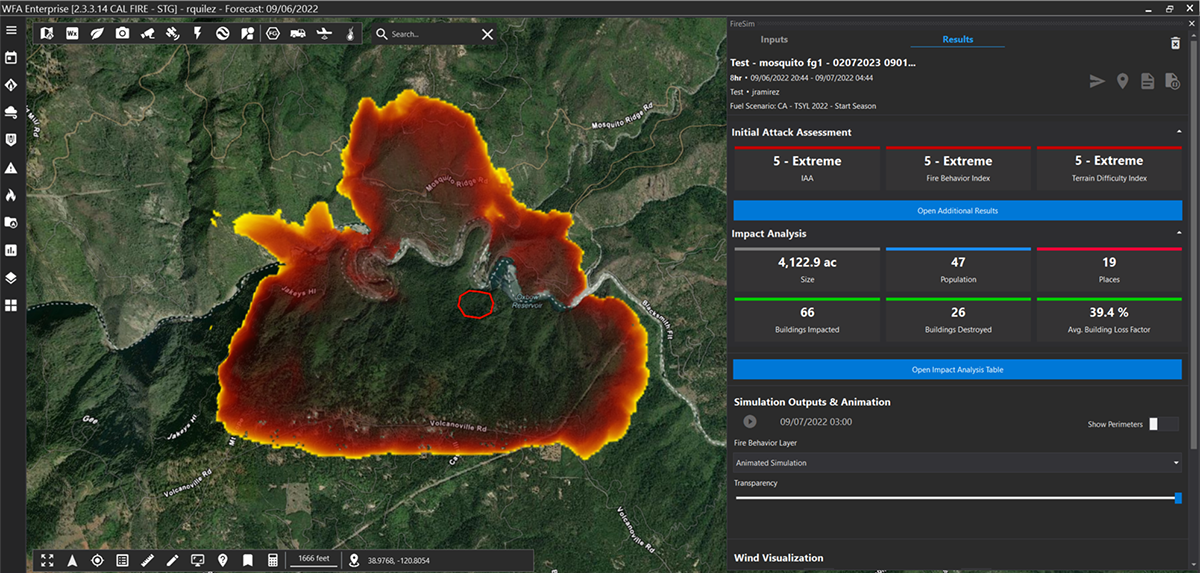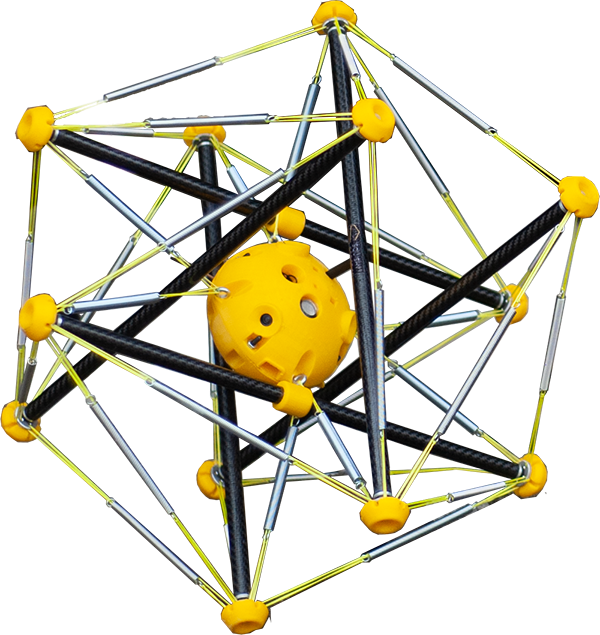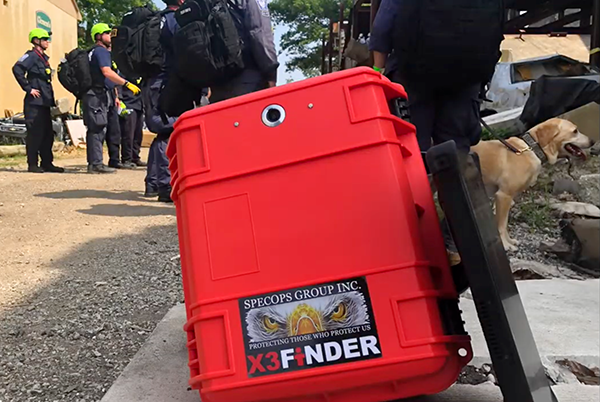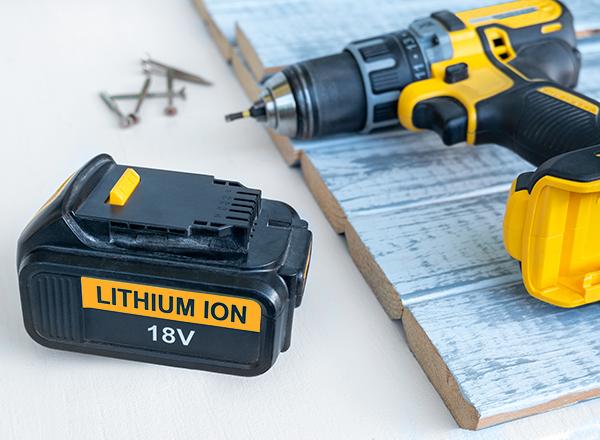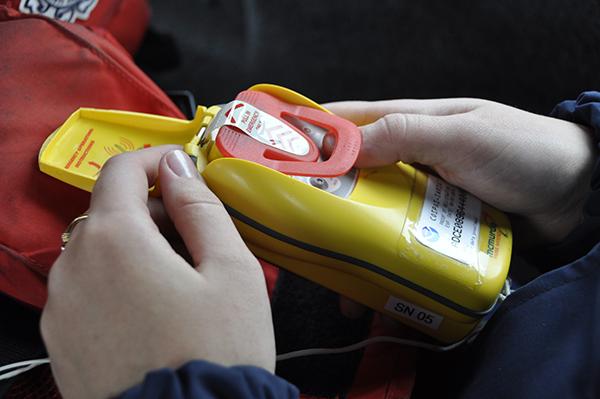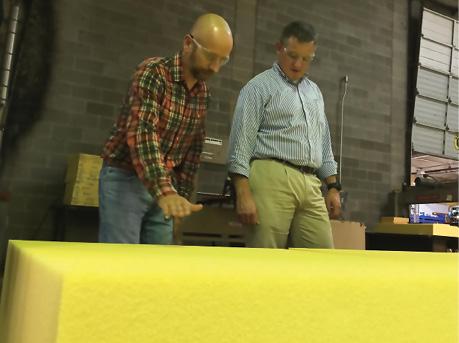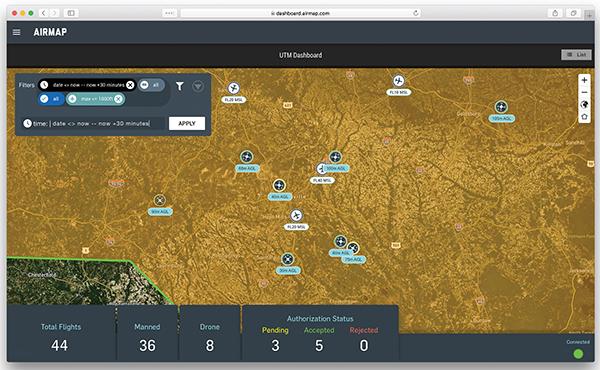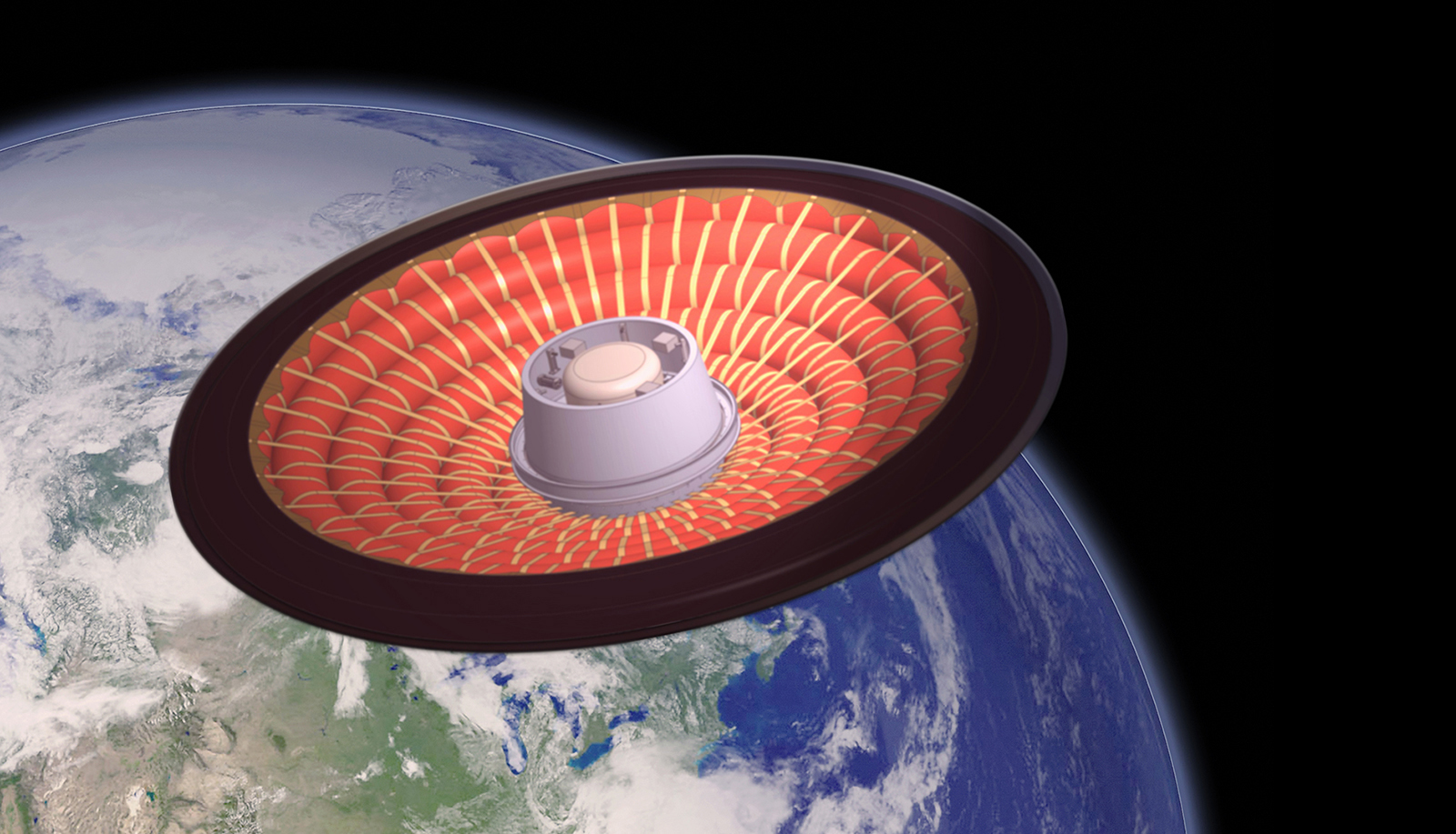
Giving Sensors Good Optics
Subheadline
Fiber-optic sensing technology improved by NASA now available for industry
While screaming toward Earth’s surface at 17,000 mph, the inflatable heat shield on NASA’s Low-Earth Orbit Flight Test of an Inflatable Decelerator (LOFTID) experiment needed to record as much data as possible. Rather than having individual sensors all along its surface, optical fibers were woven through the heat shield, each connected to a device that could take temperature readings from anywhere along the filament. Such high-fidelity fiber-optic sensing technology took NASA years of work, and now a company the agency collaborated with is making it available to industry.
NASA’s Armstrong Flight Research Center in Edwards, California, is known for testing cutting-edge aircraft, and in the 1990s, researchers there wanted to get more data points without adding lots of individual sensors. The engineers turned to fiber optics. Instead of a row of mechanical sensors, each with its own wire bundle for connectivity, multiple fiber-optic sensors could reflect light sent through a thin optical cable, allowing data such as temperature or strain to be read from anywhere along the line.
Allen Parker, an electrical engineer at Armstrong, had seen fiber-optic sensors tested by NASA, but they weren’t in any state to fly. “It was a laboratory experiment. It was the size of a large coffee table, and it wasn’t very fast,” Parker said.
To improve the sensors’ capabilities, NASA contracted a company called 4DSP to make improvements to a device called an interrogator, which translates readings from fiber-optic sensors into data that a computer can read. With dedicated processing hardware built by 4DSP, and better mathematical algorithms developed by NASA, the new system could extract data from more sensors more frequently.
“When we first started, we’d push a button and get data 90 seconds later,” said Parker. “Today it’s 150 samples per second.”
These fiber-optic sensors have now become commonplace on NASA projects such as the LOFTID experiment, which marked the first use of a space-rated fiber optic sensor system. 4DSP licensed the algorithms from NASA and started building out a business combining fiber-optic sensors with the company’s processors (Spinoff 2012). In 2015, 4DSP spun off its fiber optics business into a new company called Sensuron LLC, headquartered in Austin, Texas.
Primary customers for Sensuron include not only the aviation industry but also manufacturing. These sensors provide distributed temperature measurements in applications like steel production, where temperatures mean the difference between a solid beam and a melted mold.
“If there’s a large temperature change along the edges of these molds, they need to detect it to avoid the catastrophic failure that could mean millions of dollars of cleanup,” said Justin Braun, who started as a systems engineer at 4DSP and is now Sensuron’s CEO.
Braun said the new company has sold around 90 units, some to repeat customers. Since splitting from 4DSP, Sensuron has licensed further technologies from NASA, like a shape-sensing algorithm that can find how aircraft wings deform and a much smaller, more powerful laser.
Today, engineers at Sensuron still regularly speak with NASA scientists like Parker’s team, and recently Sensuron spun out its own company using the shape-sensing technology for medical purposes. Braun said these new applications couldn’t have been found without NASA.
“At NASA, there are a lot of neat things that maybe don’t get exposed to the outside world,” he said. “And it’s good to have a group of people with insights looking at it from a different vantage point and noticing that this could be used in other areas as well.”
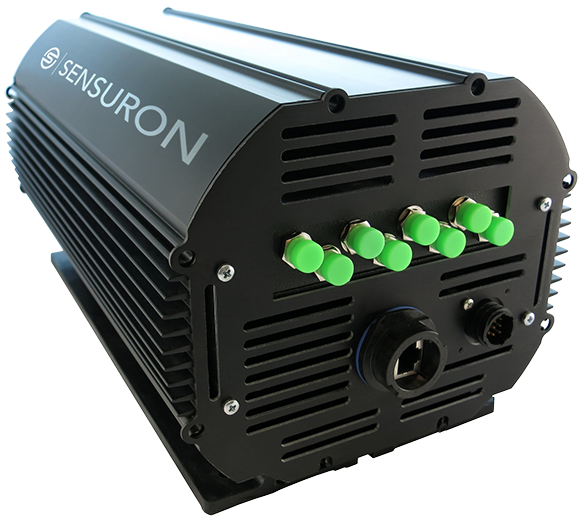
Sensuron’s RTS125+ system is one of several fiber-optic interrogators produced by the company. Designed for use in aeronautics, it uses algorithms developed by NASA to make measurements along fuselages and wing surfaces. Credit: Sensuron LLC
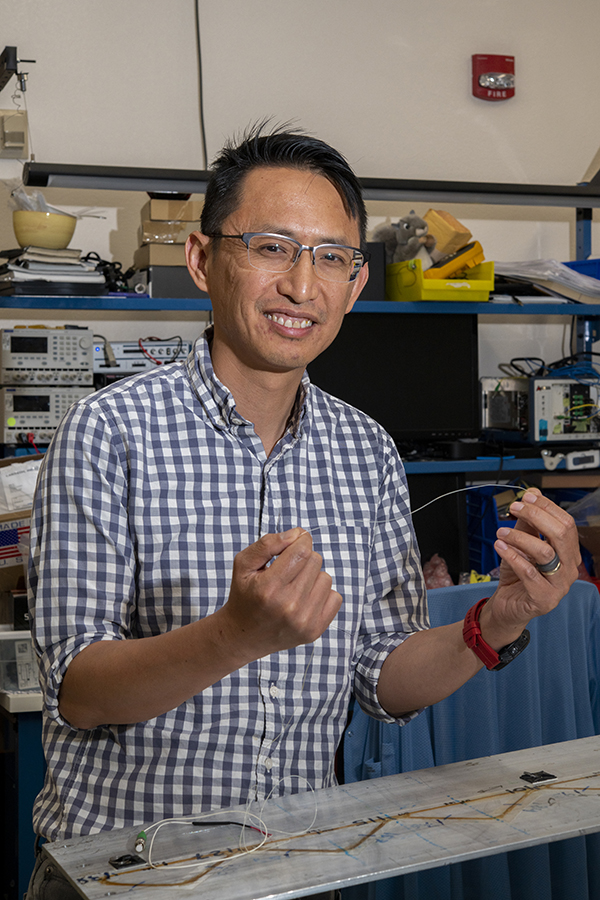
NASA engineer Patrick Chan holds a fiber-optic sensor line. Chan’s work to develop these instruments resulted in Sensuron licensing the algorithms that make the sensors function. Credit: NASA

To capture temperature data across the entire surface of LOFTID’s inflatable heat shield, NASA used flexible fiber-optic sensors woven throughout it. These sensors were enabled by work at Armstrong to improve the technology, now available for industrial customers. Credit: NASA

